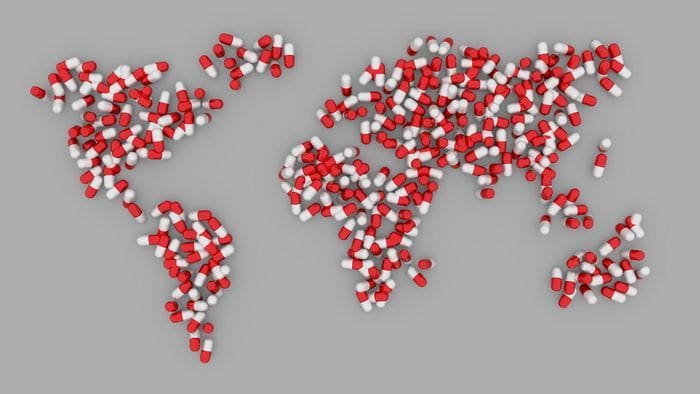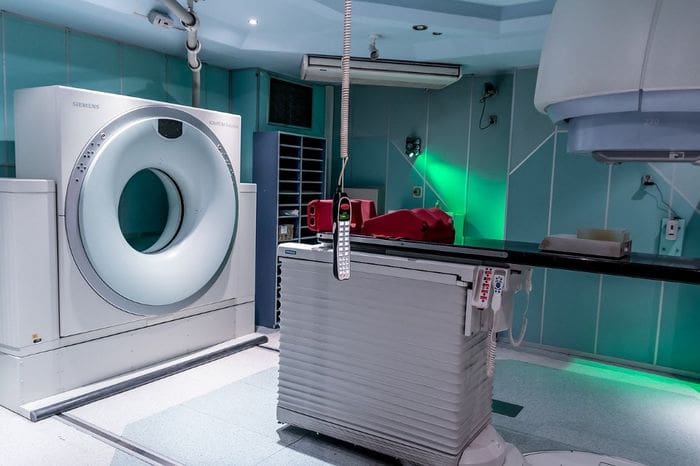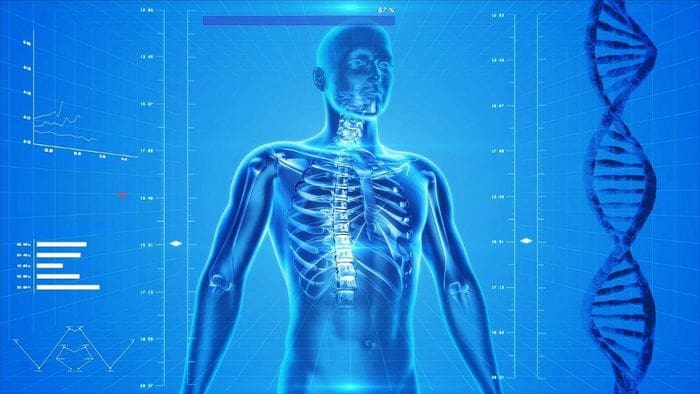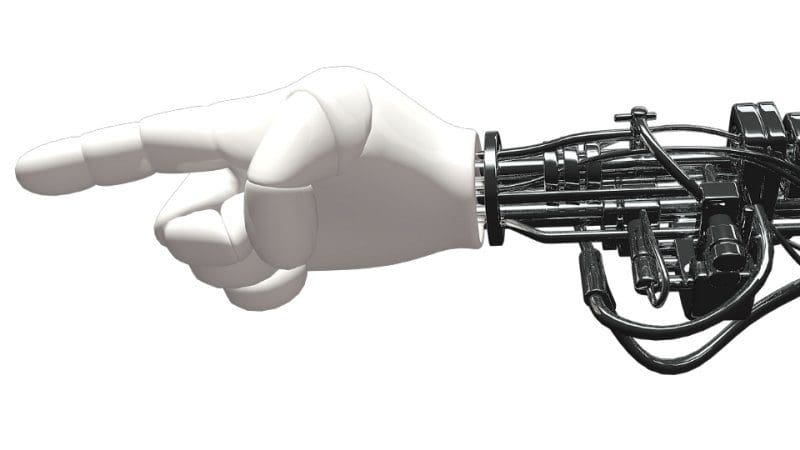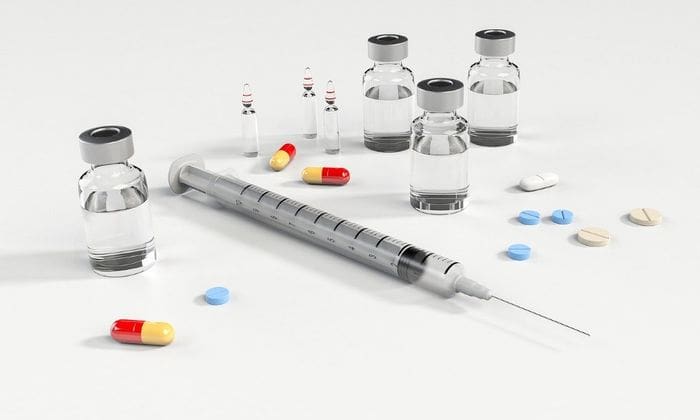 AI and Machine Learning for Healthcare
AI and Machine Learning for Healthcare
Traditional business and technology sectors are not the only fields being impacted by AI. Healthcare is a field that is thought to be highly suitable for the applications of AI tools and techniques.
Introduction
The 21st century is only two decades old and it is certain that one of the biggest transformative technologies and enablers for human society of this century is going to be Artificial intelligence (AI). It is a well-established idea that AI and associated services and platforms are set to transform global productivity, working patterns, and lifestyles and create enormous wealth.
For example, McKinsey sees it delivering global economic activity of around $13 trillion by 2030. In the short-term, research firm Gartner expects the global AI-based economic activity to increase from about $1.2 trillion in 2018 to about $3.9 Trillion by 2022.
PwC's Global Artificial Intelligence Study: Sizing the prize
It is no secret that this transformation is being, to a large extent, fueled by the powerful Machine Learning (ML) tools and techniques such as Deep Convolutional Networks, Generative Adversarial Networks (GAN), Gradient-boosted-tree models (GBM), Deep Reinforcement Learning (DRL), etc.
However, traditional business and technology sectors are not the only fields being impacted by AI. Healthcare is a field that is thought to be highly suitable for the applications of AI tools and techniques.
Mandatory practices such as Electronic Medical Records (EMR) have already primed healthcare systems for applying Big Data tools for next-generation data analytics. AI/ML tools are destined to add further value to this flow. They are expected to enhance the quality of automation and intelligent decision-making in primary/tertiary patient care and public healthcare systems. This could be the biggest impact of AI tools as it can potentially transform the quality of life for billions of people around the world.
Key examples of the application of ML in healthcare
AI-assisted radiology and pathology
These days, electronically-stored medical imaging data is plentiful and DL algorithms can be fed with this kind of dataset, to detect and discover patterns and anomalies. Machines and algorithms can interpret the imaging data much like a highly trained radiologist could — identifying suspicious spots on the skin, lesions, tumors, and brain bleeds. The usage of AI/ML tools/platforms for assisting radiologists is, therefore, primed to expand exponentially.
This approach solves a critical problem in the healthcare domain because, throughout the world, well-trained radiologists are becoming hard to come by. In most circumstances, such skilled workers are under enormous strain due to the deluge of digital medical data. An average radiologist, as per this article, needs to produce interpretation results for one image every 3–4 seconds to meet the demand.
Artificial intelligence in radiology
Identifying rare or difficult to diagnose diseases often depends on detecting the so-called ‘edge-cases’. As this kind of ML system is built on large datasets containing raw images (and various transformations) of these diseases, they are often more dependable than humans for this type of detection.
They are expected to enhance the quality of automation and intelligent decision-making in primary/tertiary patient care and public healthcare systems. This could be the biggest impact of AI tools as it can potentially transform the quality of life for billions of people around the world.
An excellent test case is Microsoft’s Project InnerEye which employs ML methods to segment and identify tumors using 3D radiological images. It can help in precise surgery planning, navigation, and efficient tumor-contouring for radiotherapy planning.
MRI and other advanced imaging systems, increasingly used for early cancer detection, are being equipped with ML algorithms. The following article provides a comprehensive overview in this regard.
Deep Learning, AI Improve Accuracy of Breast Cancer Detection
The following Nature article describes how ML techniques are applied to perform advanced image analyses such as prostate segmentation and fusion of multiple imaging data sources (e.g. Ultrasonography, CT, and MRI).
A new era: artificial intelligence and machine learning in prostate cancer
ML tools are also adding significant value by augmenting the surgeon’s display with information such as cancer localization during robotic procedures and other image-guided interventions.
The usage of AI/ML tools/platforms for assisting radiologists is, therefore, primed to expand exponentially.
ML and data science for actionable insights
In today’s world, exabytes-sized medical data are being digitized at various healthcare institutions (public hospitals, nursing homes, doctors’ clinics, pathology labs, etc.). Unfortunately, this data is often messy and unstructured. Unlike standard transactional type business data, patient data is not particularly amenable to simple statistical modeling and analytics.
Robust and agile AI-enabled platforms, able to connect to a multitude of patient databases and to analyze a complex mixture of data types (e.g. blood pathology, genomics, radiology images, medical history) are the need of the hour. Furthermore, these systems should be able to sift through the analyses in a deep manner and discover the hidden patterns.
Additionally, they should be able to translate and visualize their finding to human-intelligible forms so that doctors and other healthcare professionals can work on their output with high confidence and complete transparency.
Interpretable AI and distributed ML systems — fit these bills very well and are poised to fill the requirements for such systems in the near future.
Physical robots for surgery assistance
Surgical robots can provide unique assistance to human surgeons,
- enhancing the ability to see and navigate in a procedure,
- creating precise and minimally invasive incisions.
- causing less pain with optimal stitch geometry and wound
There are truly exciting possibilities for the application of AI/ML for such digital surgery robots.
- A software-centric collaboration of robots with the aid of massive distributed processing
- Data-driven insights and guidance based on surgery histories (performed by both machines and humans) and their outcomes (favorable or not)
- AI-generated virtual reality space for real-time direction and guidance
- Possibility of telemedicine and remote surgery for relatively simple procedures
The following article summarizes the potential applications succinctly.
How Robots and AI are Creating the 21st-Century Surgeon
AI for healthcare operation management and patient experience
In the United States, the cost and difficulty of receiving proper health care, by the common public, have been a subject of long and bitter debate.
AI and associated data-driven techniques are uniquely poised to tackle some of the problems, identified as the root causes — long queue, fear of unreasonable bills, the long-drawn and overly complex appointment process, not getting access to the right healthcare professional.
Those same sets of problems have been plaguing traditional businesses for many decades and AI/ML techniques are already part of the solution. This is because, huge databases and intelligent search algorithms, which are a forte of AI systems, excel at such pattern matching or optimization problems. Therefore, advanced AI/ML tools and techniques must be leveraged by hospitals and public health organizations in their everyday operational aspects.
11 Operational Applications for Healthcare AI - Olive
The great thing is that the concern of data privacy, which is a complex and difficult issue for healthcare systems, does not pose a great challenge to this type of application of AI. Most often, an operational problem does not involve confidential patient data related to disease, diagnosis, or medicine, but, much like any other modern business enterprise, consists of data related to finance, capital, marketing, or human resource issues.
The central goal for such systems should be to make the AI-assisted platforms targeting to enhance the experience of healthcare services for the largest section of common people. The overarching goal of already-deployed systems in traditional businesses is to maximize profit. Powerful AI tools for healthcare operation-management must distinguish themselves from those conventional systems by mixing empathy with the goal of profit generation.
Drug discovery with the aid of AI/ML techniques
AI and ML techniques are increasingly being chosen by big names in the pharma industry to solve the hellishly difficult problem of successful drug discovery. Some prominent examples — involving Sanofi, Genentech, Pfizer — are drawn from this article. All kinds of therapeutic domains — metabolic diseases, cancer treatments, immuno-oncology drugs — are covered in these case-studies.
How artificial intelligence is changing drug discovery
Going beyond the conventional long-haul process, AI techniques are increasingly being applied to accelerate the fundamental processes of early-stage candidate selection and mechanism discovery.
For instance, biotechnology company Berg uses its AI platform to analyze immense amounts of biological and outcomes data (lipid, metabolite, enzyme, and protein profiles) from patients to highlight key differences between diseased and healthy cells and identify novel cancer mechanisms.
Artificial Intelligence at Berg: Just another biotech or industry-changing company?
Another prominent example in this regard came from DeepMind’s publication of the possible protein structures associated with the COVID-19 virus (SARS-CoV-2) using their AlphaFold system.
Computational predictions of protein structures associated with COVID-19
Many start-up firms are also working on using AI-systems to analyze multi-channel data (research papers, patents, clinical trials, and patient records) by utilizing the latest techniques in Bayesian inference, Markov chain models, reinforcement learning, and natural language processing (NLP). Finding patterns and constructing high-dimensional representations, to be stored in the cloud and used in the drug-discovery process, are the key goals.
Here is a review article showing the use of DL for drug discovery.
Review: Deep Learning In Drug Discovery
Powerful AI tools for healthcare operation-management must distinguish themselves from those conventional systems by mixing empathy with the goal of profit generation.
Into the future — precision medicine and preventive healthcare
According to the U.S. National Library of Medicine, precision medicine is “an emerging approach for disease treatment and prevention that takes into account individual variability in genes, environment, and lifestyle for each person.”
Looking into the future, this could be one of the most impactful benefits from the application of AI/ML in healthcare.
The goal here is extremely complex and demanding — finding precise treatment options for an individual based on his or her personal medical history, lifestyle choices, genetic data, and continuously changing pathological tests. Naturally, we need to bring the most powerful AI techniques — deep neural networks, AI-driven search algorithms/advanced reinforcement learning, probabilistic graphical models, semi-supervised learning— to tackle the challenge.
Going beyond the prediction and modeling of the disease and treatment, such an AI-system can also potentially predict future patients’ probability of having specific diseases given early screening or routine annual physical exam data. Moreover, AI tools might be able to model why and in what circumstances diseases are more likely to occur, and, thereby, can help guide and prepare doctors to intervene (in a personalized manner) even before an individual starts showing symptoms.
The goal here is extremely complex and demanding — finding precise treatment options for an individual based on his or her personal medical history, lifestyle choices, genetic data, and continuously changing pathological tests.
How Artificial Intelligence Is Advancing Precision Medicine
AI for public health systems
Needless to say, such powerful techniques can be applied to large-scale public health systems along with individual patient care. In fact, digital surveillance of pandemics and AI-assisted health data analytics are ripe for expansion.
Digital surveillance can help bring the coronavirus pandemic under control - but also threatens…
The World Health Organization (WHO) also says as much…
Big data and artificial intelligence
The ongoing COVID-19 crisis has shown how important it is to run hundreds of parallel trials of vaccine development and therapeutic research projects. Ingesting data and recognizing patterns from all these disparate sources — often producing results with a high degree of uncertainty — is almost impossible to achieve with standard statistical modeling techniques, which are optimized for small-scale trials. AI techniques must be brought to bear for such a planetary-scale problem-solving.
Potential Therapeutic Options in COVID-19 Clinical Trials
Summary
A wide variety of exciting and future-looking applications of AI/ML techniques and platforms, in the space of healthcare, were discussed. Topics ranging from radiology assistant to intelligent health operations management, from personalized medicine to digital surveillance for public health, were reviewed.
Known challenges from data privacy and legal frameworks will continue to be obstacles from the full implementation of these systems. It can be extremely complex to figure out what kind of data can be viewed and used legally by third-party providers (e.g. the owner of the AI and ML tools, physical devices, or platforms). Consequently, a massive rationalization effort of the legal and policy-making is needed, in parallel to address those challenges.
As technologists and AI/ML practitioners, we should strive for a bright future where the power of AI algorithms benefit billions of common people to improve their basic health and well-being.
Also, you can check the author’s GitHub repositories for code, ideas, and resources in machine learning and data science. If you are, like me, passionate about AI/machine learning/data science, please feel free to add me on LinkedIn or follow me on Twitter.
Original. Reposted with permission.
Related:
- Google’s New Explainable AI Service
- Fighting Coronavirus With AI: Improving Testing with Deep Learning and Computer Vision
- How AI Can Help Manage Infectious Diseases

 AI and Machine Learning for Healthcare
AI and Machine Learning for Healthcare